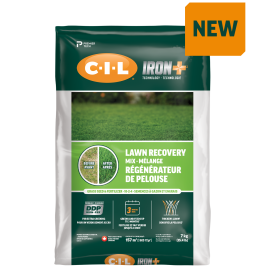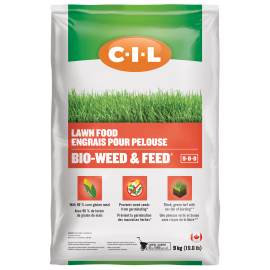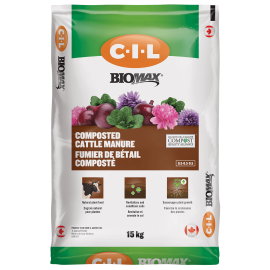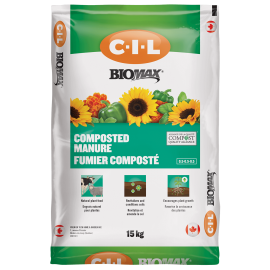Tips to Prevent Lawn Problems
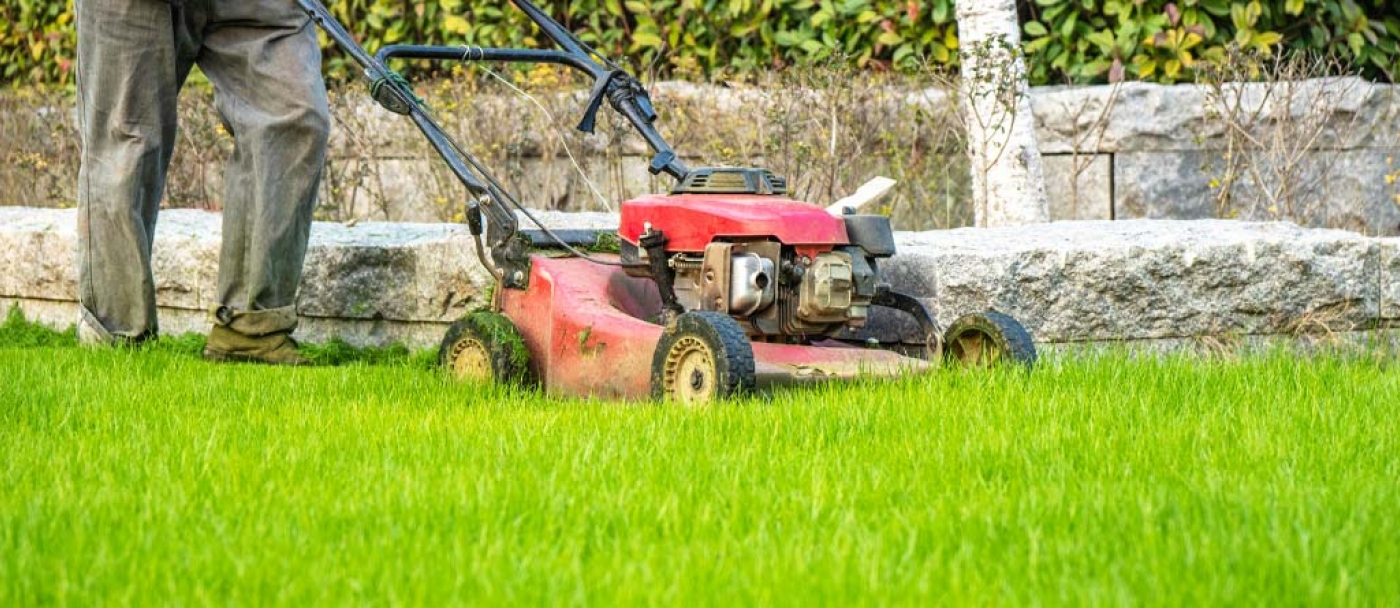
When it comes to lawn problems, an ounce of prevention is definitely better than a pound of cure. Once a weakened lawn is overrun by pests, weeds, drought or disease, the “fix” can be time-consuming and expensive.
Here are some tips to prevent lawn problems and keep your lawn in tiptop condition.
How to feed your lawn
A lawn weakened by nutrient deficiencies is more susceptible to disease, weeds, and pests. Feed your lawn a couple of times every year, in late summer or fall, using a high-quality lawn food suitable for Canadian climates. We recommend using a fertilizer with an N-P-K ratio of 33-0-3 like our C-I-L® Triple Play™ Lawn Food 33-0-3.
Increase the feeding schedule to three or four times per year if your lawn is worn down by excessive foot traffic, pets or children.
Beware of overfeeding, as too much fertilizer is more harmful than not enough. Always refer to rates of application suggested on the product label.
How to water your lawn
Water your lawn properly. Irrigate deeply once or twice a week and avoid shallow, frequent watering. Watering every day is very harmful to your lawn as the roots will be weak, short, and unable to withstand cold, heat or drought.
Water early in the morning so the grass has all day to dry. Avoid watering in the evening; grass that remains damp all night is much more likely to develop fungal diseases. Watering in the afternoon isn’t a good idea either, especially during warm weather when much of the moisture is lost to evaporation.
How to mow your lawn
Mow your lawn carefully. Set the mower a little higher and never remove more than one-third of the blade at any one mowing. Mowing too low, often known as scalping, is very harmful.
Remove thatch only when the thickness reaches 1.25 or more. A thin layer of thatch is healthy because it slows the loss of water, keeps the soil cool, and protects the grass from foot traffic. However, a thick layer can prevent air and water from reaching the roots.
Have your mower blade sharpened at least once every year, or more if your lawn has a lot of heavy brush or rocks. A dull mower blade will tear the grass instead of making clean cuts; torn grass is weaker, and the tips may turn brown.
